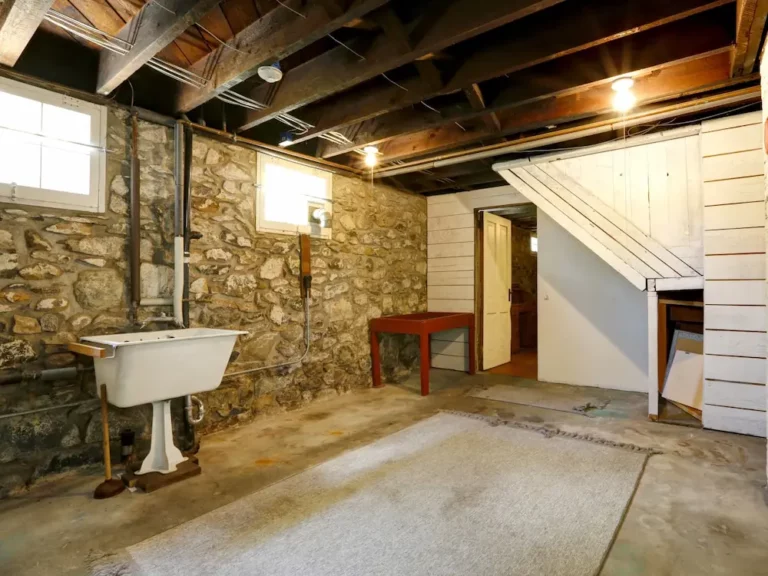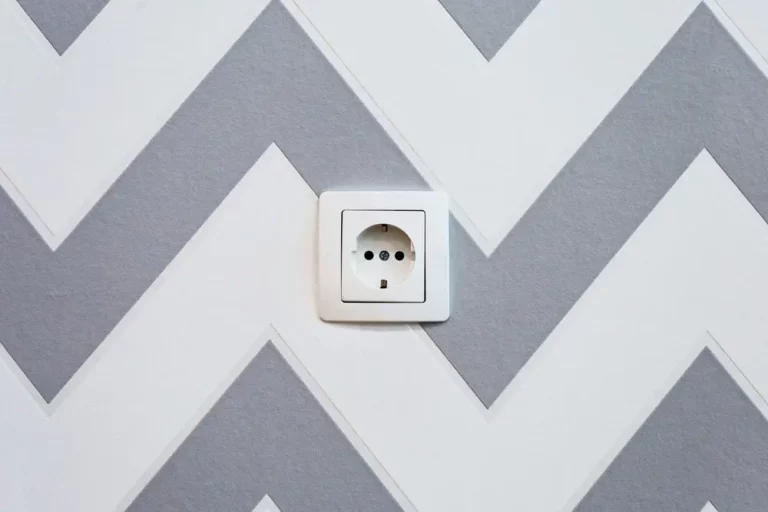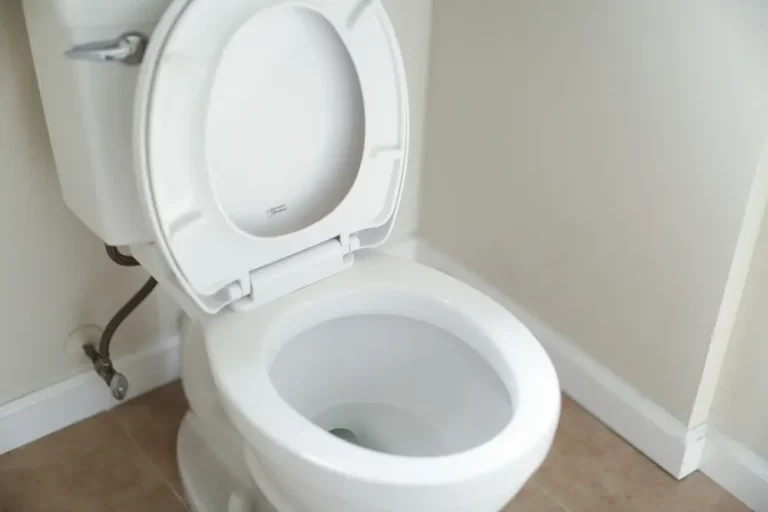Wet Carpet in Basement: Causes and Solutions
Dealing with a wet carpet in the basement can be a frustrating and stressful experience. Whether it’s caused by a leaky pipe, heavy rainfall, or a flood, the water can quickly seep into the carpet and cause damage. Not only does a wet carpet look and smell unpleasant, but it can also lead to mold growth and other health hazards if not addressed promptly. As someone who has dealt with a wet carpet in my own basement, I understand the importance of taking quick action to prevent further damage.
One of the first steps in dealing with a wet carpet in the basement is to identify the source of the water. This can be easier said than done, as the water may be coming from a leaky pipe, a crack in the foundation, or even from outside the home. Once the source of the water has been identified, it’s important to take steps to stop the water from coming in. This may involve repairing the source of the water, installing a sump pump, or even waterproofing the basement walls.
Once the source of the water has been addressed, it’s time to start drying out the carpet. This can be a time-consuming process, but it’s essential to prevent mold growth and further damage. Depending on the severity of the water damage, you may need to use a combination of fans, dehumidifiers, and specialized equipment to dry out the carpet and the surrounding area. By taking quick action and following the proper steps, you can minimize the damage caused by a wet carpet in the basement and restore your home to its former state.
Understanding the Causes of Wet Carpet in Basement
If you’ve ever experienced a wet carpet in your basement, you know how frustrating and damaging it can be. Not only can it ruin your carpet, but it can also lead to mold growth and other health hazards. In this section, I’ll explain the three main causes of wet carpet in the basement and what you can do to prevent it from happening.
Water Leaks
One of the most common causes of wet carpet in the basement is water leaks. These leaks can come from a variety of sources, including pipes, appliances, and even the foundation. If you suspect a water leak, it’s important to address it as soon as possible to prevent further damage.
To identify a water leak, look for signs of water damage, such as damp carpet, water stains, or a musty smell. If you can’t find the source of the leak, it may be necessary to call a professional plumber or water damage restoration company.
Poor Drainage
Another common cause of wet carpet in the basement is poor drainage. If your basement doesn’t have proper drainage, water can seep in from the outside and collect on your carpet. This can happen during heavy rain or if your home is built on a slope.
To prevent poor drainage, make sure your gutters are clean and functioning properly. You may also need to install a sump pump or French drain system to divert water away from your home.
Condensation
Finally, condensation can also cause wet carpet in the basement. This is especially common in humid environments or if your basement isn’t properly ventilated. When warm air meets a cold surface, such as a concrete floor, it can create condensation.
To prevent condensation, make sure your basement is properly ventilated. You may also want to consider installing a dehumidifier to remove excess moisture from the air.
By understanding the causes of wet carpet in the basement, you can take steps to prevent it from happening in the first place. Whether it’s addressing a water leak, improving your drainage, or reducing condensation, there are many ways to keep your basement dry and your carpet clean.
Health Risks Associated with Wet Carpets
Wet carpets can be a breeding ground for mold and bacteria, which can lead to various health problems. As someone who has dealt with water damage in my basement, I know firsthand the importance of taking care of wet carpets to prevent these health risks.
Here are some of the health risks associated with wet carpets:
Respiratory Problems
Mold and bacteria thrive in damp environments, and wet carpets provide the perfect conditions for them to grow. Breathing in mold spores and bacteria can lead to respiratory problems, especially for people with allergies or asthma.
Skin Irritation
Wet carpets can also cause skin irritation, especially if you come into direct contact with the damp carpet. This can lead to rashes, itching, and other skin problems.
Foul Odors
Wet carpets can develop a musty, unpleasant odor that can linger in your home. This odor can be difficult to remove and can cause headaches and nausea.
Structural Damage
If left untreated, wet carpets can cause damage to the structure of your home. The moisture can seep into the walls and floors, leading to rot and decay. This can weaken the structure of your home and make it unsafe.
To prevent these health risks, it’s essential to take care of wet carpets as soon as possible. This may involve removing the carpet and padding, drying out the area, and disinfecting the space. It’s also important to address the source of the water damage to prevent future problems.
In summary, wet carpets can pose a significant health risk if left untreated. It’s important to take care of water damage as soon as possible to prevent mold, bacteria, and other health problems.
Preventing Wet Carpets in Basements
As a homeowner, I understand the frustration of dealing with wet carpets in the basement. Not only is it unsightly, but it can also lead to mold and mildew growth, which can be hazardous to your health. However, there are steps you can take to prevent wet carpets in your basement.
Proper Waterproofing
One of the most effective ways to prevent wet carpets in your basement is to ensure that your basement is properly waterproofed. This can be done by hiring a professional contractor to install a waterproofing system that includes a sump pump, drainage system, and moisture barrier. A moisture barrier is a material that is applied to the walls and floors of the basement to prevent moisture from seeping through.
Regular Maintenance
Regular maintenance is also crucial in preventing wet carpets in your basement. This includes inspecting your basement for any signs of water damage, such as water stains or musty odors. It’s important to address any issues as soon as possible to prevent them from becoming bigger problems. Additionally, it’s important to keep your gutters clean and free of debris to prevent water from overflowing and seeping into your basement.
Effective Insulation
Another way to prevent wet carpets in your basement is to ensure that your basement is properly insulated. Insulation helps to regulate the temperature in your basement and prevent moisture from seeping through the walls and floors. This can be done by installing insulation in the walls and ceiling of your basement, as well as using weatherstripping on doors and windows to prevent drafts.
By taking these steps, you can prevent wet carpets in your basement and ensure that your home remains safe and healthy. Remember to always address any issues as soon as possible to prevent them from becoming bigger problems.
Steps to Dry a Wet Carpet
Dealing with a wet carpet in the basement can be a daunting task, but with the right approach, you can get it dry in no time. Here are the steps I take to dry a wet carpet:
Water Extraction
The first step is to extract as much water as possible from the carpet. You can use a wet/dry vacuum, a submersible pump, or a carpet cleaner to remove the water. Start by using a wet/dry vacuum to suck up any standing water. Be sure to move slowly and do several passes in different directions to ensure you get as much water as possible.
Once you’ve removed as much standing water as possible, use a submersible pump or a carpet cleaner to extract any remaining water. These tools are more powerful than a wet/dry vacuum and will help you get even more water out of the carpet.
Dehumidifying
After you’ve extracted as much water as possible, the next step is to dehumidify the area. This will help remove any remaining moisture from the carpet and prevent mold growth. You can use a dehumidifier to do this.
Place the dehumidifier in the room with the wet carpet and turn it on. Be sure to close all doors and windows to the room to prevent any moisture from coming in. Let the dehumidifier run for at least 24 hours, or until the carpet is completely dry.
Carpet Cleaning
Once the carpet is completely dry, the final step is to clean it. This will help remove any remaining dirt or debris and leave the carpet looking and smelling fresh.
You can use a carpet cleaner to do this. Be sure to follow the manufacturer’s instructions carefully and use the appropriate cleaning solution for your carpet type. Once you’ve cleaned the carpet, let it dry completely before walking on it or replacing any furniture.
By following these steps, you can effectively dry a wet carpet in your basement. Remember to act fast and take the necessary precautions to prevent mold growth and other issues.
When to Call a Professional
If you find yourself dealing with a wet carpet in your basement, you may be wondering if you need to call in a professional. While there are certainly steps you can take to try to dry out the carpet on your own, there are certain situations where it’s best to leave it to the experts.
Here are a few situations where you should consider calling a professional:
1. Large Amounts of Water
If your basement has flooded and there is a large amount of water on your carpet, it’s best to call in a professional. They will have the equipment and expertise needed to properly extract the water and dry out the carpet.
2. Sewage Backup
If you suspect that the water on your carpet is from a sewage backup, it’s important to call in a professional right away. Sewage water can contain harmful bacteria and other contaminants that can pose a health risk.
3. Mold Growth
If you notice mold growing on your wet carpet, it’s important to call in a professional. Mold can cause a variety of health problems, and it’s important to have it removed properly to prevent it from spreading.
4. Electrical Issues
If the water on your carpet is close to any electrical outlets or appliances, it’s important to call in a professional. Water and electricity do not mix, and attempting to dry out the carpet on your own could put you at risk of electrocution.
In general, if you’re unsure about the severity of the situation or if you’re concerned about your own safety, it’s always best to call in a professional. They will be able to assess the situation and provide you with the guidance and services you need to get your basement back to normal.
Conclusion
In conclusion, having a wet carpet in your basement can be a frustrating and potentially hazardous issue. It’s important to identify the source of the water and take steps to address it promptly. Ignoring the problem can lead to mold growth, which can cause health issues for you and your family.
If you’re dealing with a wet carpet in your basement, the first step is to remove any standing water using a wet/dry vacuum or towels. Once you’ve removed as much water as possible, you can use a carpet cleaner or a mixture of water and carpet shampoo to deep clean the carpet fibers and remove any remaining moisture or odors.
It’s also important to address the source of the water. If the water is coming from a leaky pipe or a crack in the foundation, you’ll need to fix the issue to prevent further damage. If the water is coming from outside, you may need to install a sump pump or improve your home’s drainage system.
Remember to take safety precautions when dealing with a wet carpet in your basement. Wear protective gear, such as gloves and a mask, and avoid using electrical appliances near standing water.
Overall, addressing a wet carpet in your basement promptly and thoroughly can save you time, money, and potential health issues in the long run.





